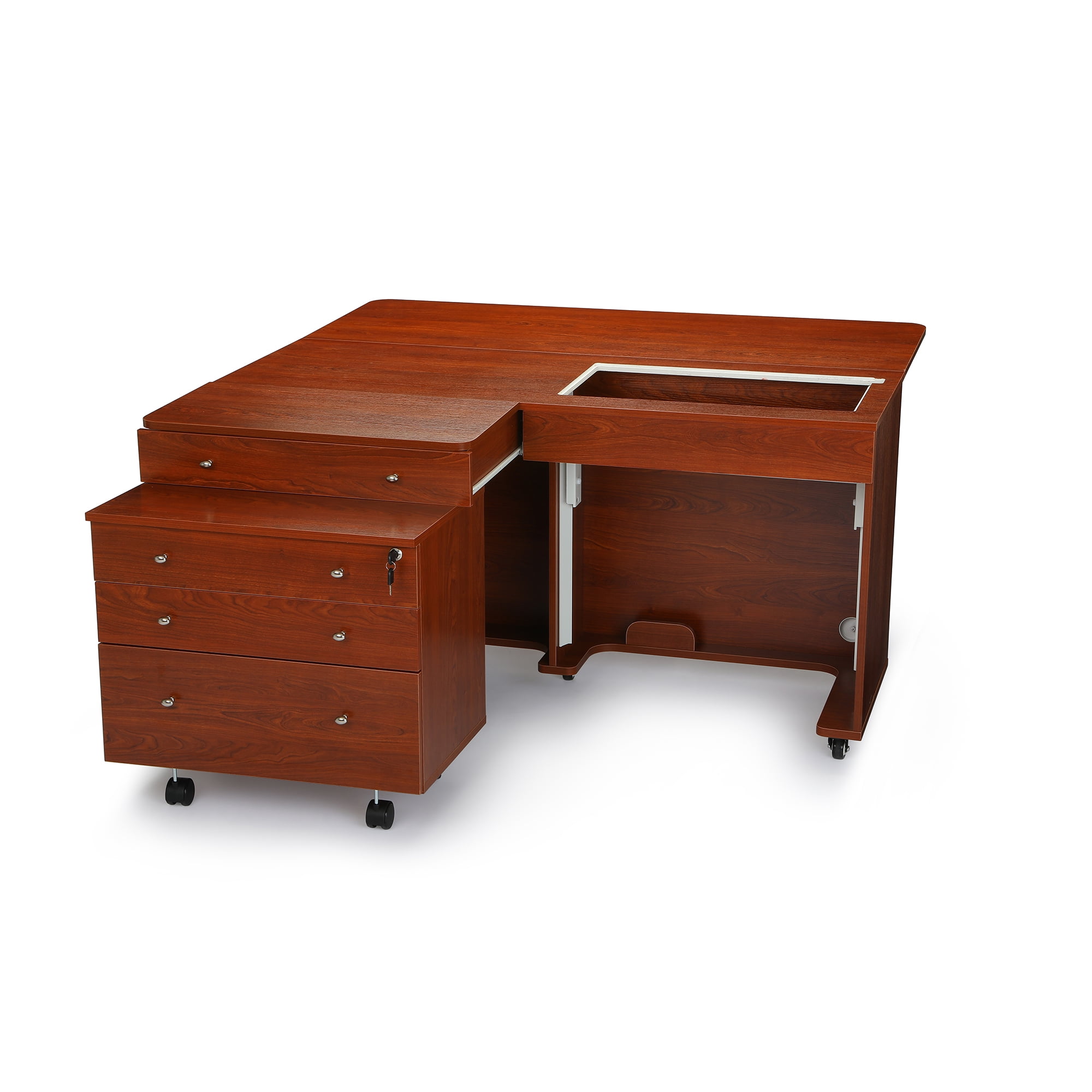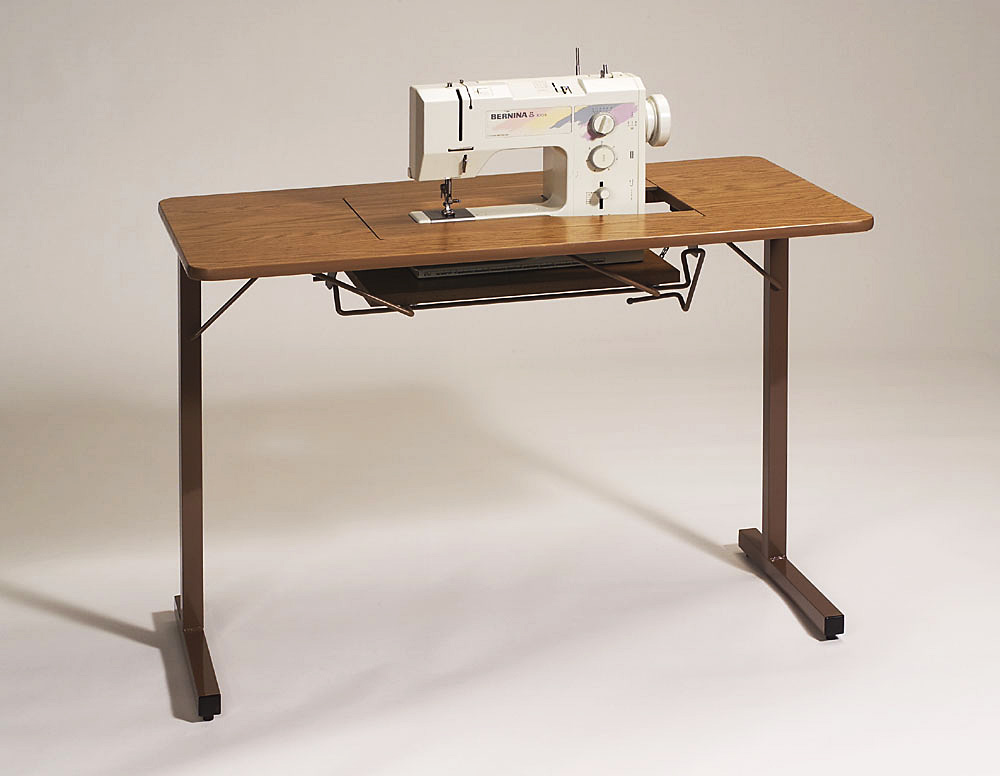sewing tables and cabinets clearance
sewing tables and cabinets clearance
sewing tables and cabinets clearance Sewing is a craft that uses a needle and thread to tie something or connect something . The history of stitchery dates back thousands of age BC . Sewing has its own basic stitchery technique, different from weaving and embroidery . In general, all still use the basic proficiencies of traditional stitchery, until the stitchery auto came out in 1790, invented by Thomas Saint.
Download
Basic Sewing Techniques
Nowadays , sartors generally use stitching machines more ofttimes . The machine is divided into two, that is to say traditional and electric automobile . Even so, the staple stitchery proficiencies are still being studied because purchasing a machine requires sir thomas more capital . Another rationality is that using basic stitchery proficiencies bequeath impart you much better solutions and variety than machines . Here's an explanation for the basic sewing technique:
1 . Skewers
The basic technique of sewing a baste stitch is a proficiency in which the pattern impresses from child to left . This stitch technique is utile for making stitches neater and even out perfect . The basting stitch pattern has 3 purposes, viz. stitching the sides of the cloth, ending the ends of a shape, and devising the fabric have a wrinkle effect.
As for the basting technique, there are 3 types, to wit:
Ordinary Skewers : This proficiency is done with unequal distances, different.
Skewer a certain distance : This proficiency uses a consistent distance . This type of tacking stitch is utilitarian for temporary stitches.
Skewer Barrier : This technique united states of americas a single blank . 'tween each stitch . This stitch is made with twofold duds so that when the stitch is ruined, there is a tincture of the last stitch.
2 . Stabbing Traces / Flip
The following staple sewing technique is the imprint stabbing technique or some other name for the back thrust stitch . This track stitch has the same groove as a stitching machine . How to make a trail stab stitch pattern is to do the stitches twice from the top stitch . The role of the trail stab is to get decorative agate line ornamentations that are straight person, round, or other shapes according to the in demand aim . Examples of the resultant roles are the motifs on the sarong in the form of boxes, making stressed line of works, committal to writing, and others . Another function is to connect fabrics with other materials and slide fastener connecters with materials.
3 . Skewer Flannel
The basic technique of stitching flannel stitches is in general secondhand as a method acting of sewing the edges of the garment organism overlaid . Basically, flannel stitches are used on materials that rich person an expensive marketing valuate . The flannel stitch proficiency has 3 united states of americas, to wit as decoration, basic stitches, and shadower embroidery with stringent spatial arrangement that can follow the motive.
How to utilise a flannel stitch is to do a tacking stitch on a cloth that has been stitched 3-4cm with a 0.75cm step backwards . Insert the needle to the right hand and backrest once again 0.5 cm . Thread back over the number one stitch and proceed until you're done.
4 . Skewer Feston
Feston has a function to finish the lint on the seam . An exercise is the eyelet on the arms in baby wearing apparel . In addition, the Feston stitch pattern also helots as a decoration . Especially if the combination of basic and decorative thread colors has a good concord . The form of ornamentation that can be made with a festival pattern is a bloom-like pattern.
5 . Prick the Wrap
The bandage run up practice is useful for sewing damaged lint on hair curler clamps . Another office is as a finishing technique on the edge of the seam . How to sew with the staple technique of balut run up is left to right hand and vice versa at a slight angle.
6 . Skewer / Stem
Especially utilitarian as a decoration on a material . The results that can be obtained from reefers are in accord with the results, to wit the pattern of the stem turn . It is possible to make other foundings with stick sticks, but in general they are made to get sticks.
How to use the wedge stitch pattern is to sew back 1/2 cm and bond 5-6 togs to the textile . After that the needle is pulled out and gets a chaff stitch . This pattern is perennial until the sought after resultant role is obtained . If you want to get a bigger size, the stitch distance is made tighter and the fabric is bigger.
7 . Chain Stitch
As the name connotes, the staple proficiency of sewing a chain stitch has a practice that forms a chain . This formula is useful for making ornaments on materials in the shape of irons, for example, tree ramifies and tree ramifies.
How to clear a chain run up is to take a step forrad in stitchery . First, stick the needle from the bottom to the top of the material . After that the needle will be inserted back into the hole where the needle formed a circuit due to the old puncture . Pull the needle and ingeminate the approach pattern until the in demand traffic pattern is formed.8 . Cross Skewer
The cross stitch traffic pattern is used as a ornamentation on the stuff . How to make a foil stitch pattern is to sew from the top right wing to the bottom leftfield, after that the direction is made to the bottom of the inning right . The minute stab volition begin at the bottomland right and and then work towards the top left . Make certain that the stitches are aligned at the top and bottomland so that they phase a smashing cross sew . Repeat until you get the desired result.
9 . Skewer Piquar
The piquar stitch is a staple stitching technique that is utilitarian for attaching furred materials . Generally used on fur coats, jackets, or suits . Another function of piquare stitch is as a palm on other wearing apparel.
10 . Skewer Som
The som stitch blueprint is used to sew and lock the folds in the textile . Fabrics that wealthy person been locked with a som stitch design cannot be opened once again easy . How to use the som technique is to stick around the wander into the folded textile . Pull the meander and then thrust it back next to the stitch with a nasty distance . Repeat until you get finished stitchery the turn ups.
11 . Flatback
The staple technique of sewing a flat stitch is from left to right . This practice is made by release up and downcast in a heterosexual line and in layers covering the stallion surface of the ornamentation . This proficiency is in the main secondhand to make ornaments in the form of foliages or blossom crowns, and doll noses.
12 . Open Chain Stitch
Is one descriptor of decorative stitch that alters . This sew together is essentially a chain stitch with its own variations . This practice is generally made into ornamentation on dames because it signifiers an open mouth.
13 . Skewers
Similar to the roll stitch type . The difference is in the serve . The parallel bars function to beautify the come out, patch the roll stitch technique is useful for connecting two textiles together . Examples of gratings are the forge of the eyes, nose, mouth, and bloom crowns.
14 . Skewer Roll
The staple technique of sewing a roster stitch, as the name suggests, this formula patterns a encircle when applied . This technique is used to connect the textile so that the ends of the textile do not pile up.
15 . Bullion Stab
The Bullion stitch technique is not a basic sewing proficiency . Bullion is an advanced proficiency rarely secondhand by tailor-makes . The bullion stitch pattern creates diminutive string of beads to form midget blossoms and more.
16 . Skewer Roumani / Rumani
The roumani proficiency is the saame as the bullion stitch . This proficiency has an advanced flat and is not commonly used . The Roumani stitch pattern is utilitarian for forming ornamentations with details, for example, long leafages and heydays.
17 . Satin Skewer
The satin stitch pattern is used to make leaf-shaped ornaments in general . In addition to leaves, satin stitch proficiency can as well be secondhand to descriptor various ornaments as sought after.
18 . Flat Skewer
The flat stitch pattern is secondhand as a embellishment in the stitch . In general, to fill in the empty w. c. fields in the framework that has been created.
19 . Straight Skewer
The basic technique of stitching a straight person stitch has the same practice as the identify connotes, which is heterosexual . This proficiency is secondhand to shape blossoms and grass with straight person sew togethers.
20 . Skewer Flowers
The basic proficiency of stitching flower stitch has a very singular approach pattern . Patterns of flower stitches alter widely with the resultant roles forming the framework of a flower . How to do a different blossom stitch according to the in demand flower.
21 . Skewer Veston
The daar proficiency of stitching the vetson stitch is secondhand on tablecloths, blankets, textile edges, vesture edges, and so on . Including easy and can be done as educational activity to children . The sewing direction can be done from left field to correct or vice versa . Start stitching by keen from the inside of the cloth at a status 1 cm from the end of the material, after that commit it out . Put it back in the material near the first hole out and pull it lightly . After that there will be a circulate of thread, put the wander in the circulate and then pull it . Repeat until finished stitchery.
Download



Posting Komentar untuk "sewing tables and cabinets clearance"